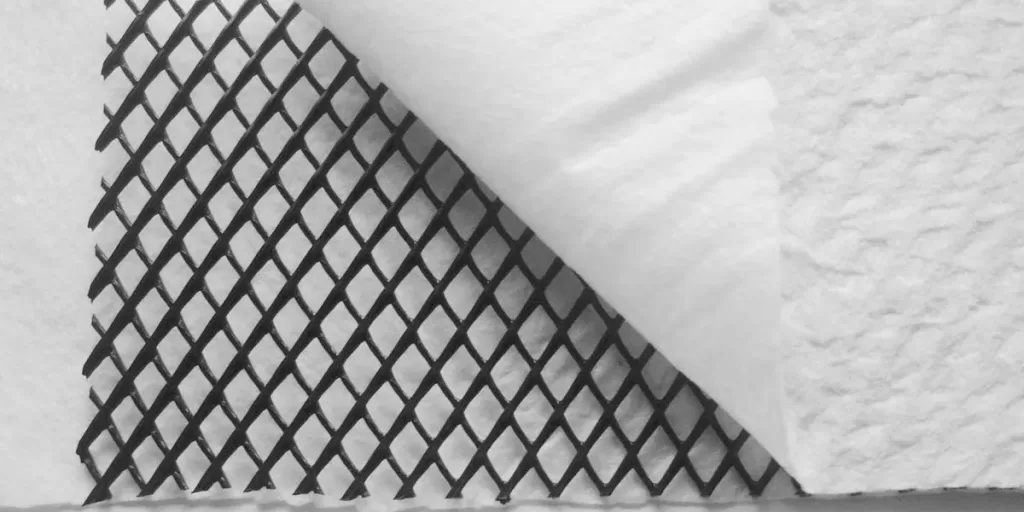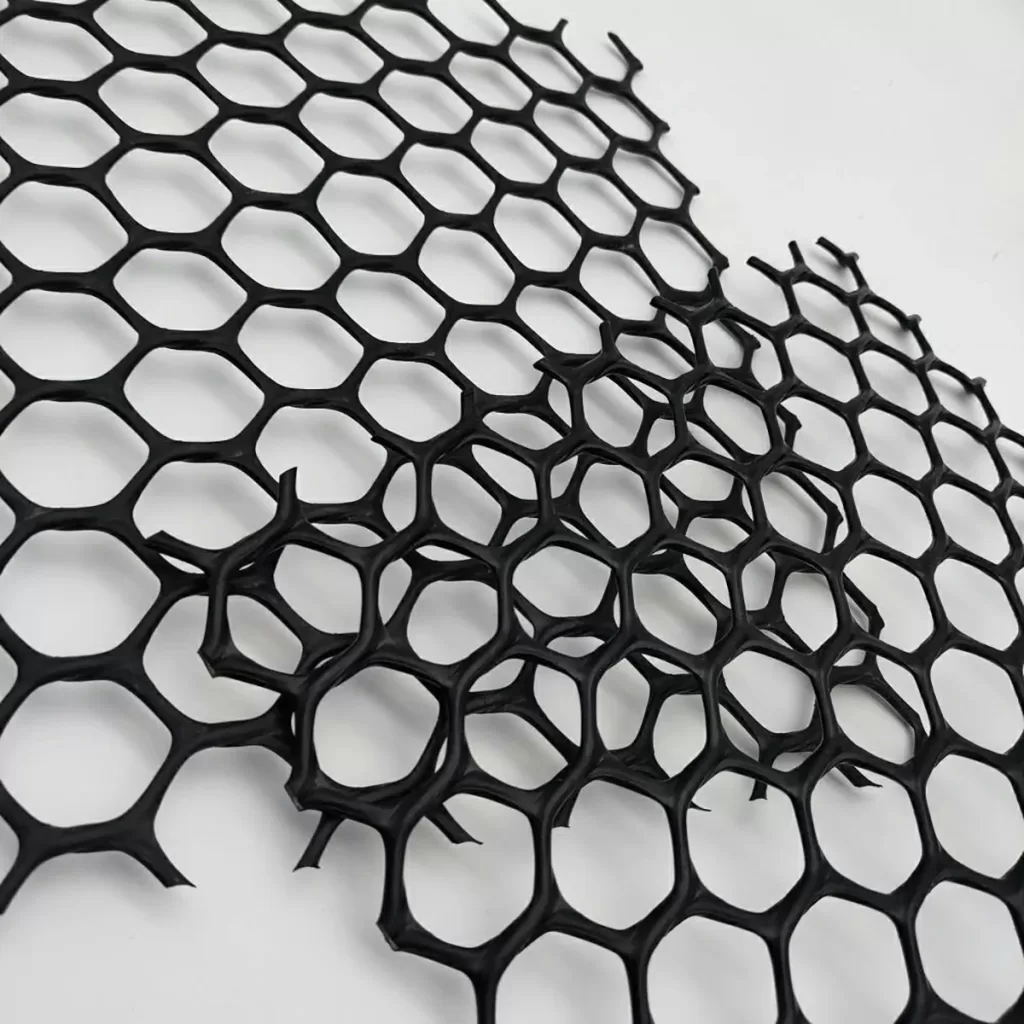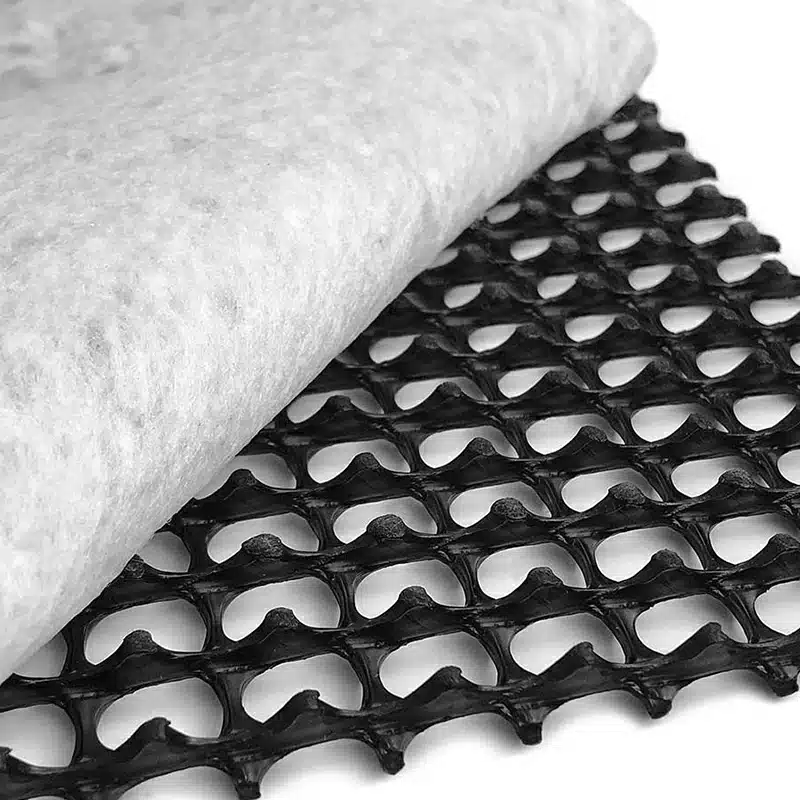+86-159 9860 6917
info@geofantex.com
geofantex@gmail.com
+86-400-8266163-44899
When it comes to construction and geotechnical projects, achieving superior geonet drainage performance is crucial for effective moisture management and structural integrity. Geonets, with their intricate designs and efficient drainage capabilities, play a vital role in redirecting water away from critical areas. They excel in reducing hydrostatic pressure, ensuring soil stability, and preventing erosion. To maximize geonet drainage performance, it’s essential to choose the right geonet materials, thicknesses, and installation methods tailored to the specific project requirements. This approach not only enhances water management but also extends the longevity and overall performance of engineered structures.

What is the difference between geotextile and geonet?
Geotextile and geonet are both geosynthetic materials employed in construction and engineering endeavors, each serving distinct roles.
- Geotextile functions primarily as a fabric material, intended to provide separation, filtration, reinforcement, and protection to diverse construction components. It plays a crucial role in erosion control, soil stabilization, and filtration.
- Geonet is a geosynthetic material consisting of integrally connected parallel sets of ribs overlying similar sets at various angles for in-plane drainage of liquids or gases, creating three-dimensional structures with open channels and a grid-like design. Geonets specialize in efficient drainage and moisture management.
The key differentiation lies in their primary functions: geonets excel at directing water, while geotextiles predominantly act as barriers and filters.
What are the benefits of geonets?
The Benefits of Geonets
Geonets offer several benefits in construction and geotechnical projects, making them a versatile and cost-effective choice. Their advantages include:
- Exceptional Drainage: Geonets efficiently channel water away from critical areas, ensuring effective moisture management. This feature is particularly valuable in applications like retaining walls, landfills, and green roofs. Geonets are lightweight and easy to install, reducing labor and transportation costs.
- Reduced Hydrostatic Pressure: Geonets play a crucial role in reducing the buildup of hydrostatic pressure, preserving the structural integrity of the project. This benefit is especially evident in underground applications such as tunnels and basements.
- Enhanced Soil Reinforcement: Geonets enhance soil stability and prevent erosion, making them ideal for slope stabilization and embankment construction. Their lightweight nature and ease of installation also lead to reduced labor and transportation costs.
- Longevity: Geonets are durable and boast a longer service life, contributing to their cost-effectiveness in the long term. Their lightweight design further facilitates easy installation, reducing both labor and transportation expenses.
- Versatility: Geonets offer flexibility and can be tailored to meet specific project requirements. They are available in various sizes, thicknesses, and materials, and their lightweight construction makes them easy to install, resulting in reduced labor and transportation costs.

What is the difference between geogrid and geonet?
Geogrid and geonet are both geosynthetic materials used for soil reinforcement, but they have different applications and structures.
Geogrid:
- Geogrids are typically two-dimensional and have a grid-like structure.
- They are primarily used for soil reinforcement and stabilization, especially in applications like road construction and retaining walls.
- Geogrids focus on improving the tensile strength of the soil.
Geonet:
- Geonets are three-dimensional with open channels.
- They are mainly used for drainage and moisture management in various applications.
- Geonets focus on water flow control and pressure reduction.
What is the primary function of geonet?
Geonets serve a pivotal role in construction and geotechnical projects by excelling in water and moisture management. Their primary functions encompass filtration, separation, and protection, as they facilitate efficient drainage, mitigate hydrostatic pressure, and actively contribute to soil stabilization. Geonets are indispensable components in projects where water management and structural integrity are of paramount importance, thus guaranteeing the longevity and optimal performance of the engineered structures.



Get Free Sample
We’ll respond as soon as possible(within 12 hours)






















